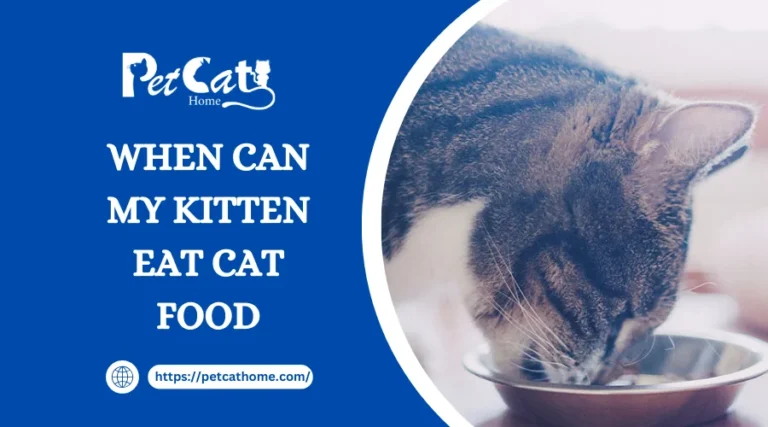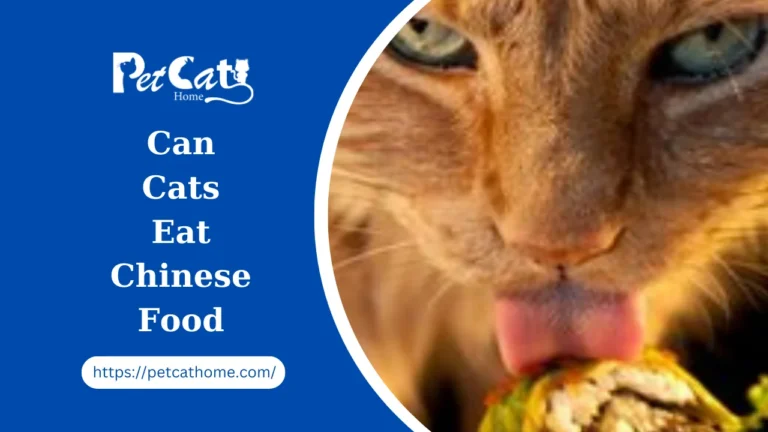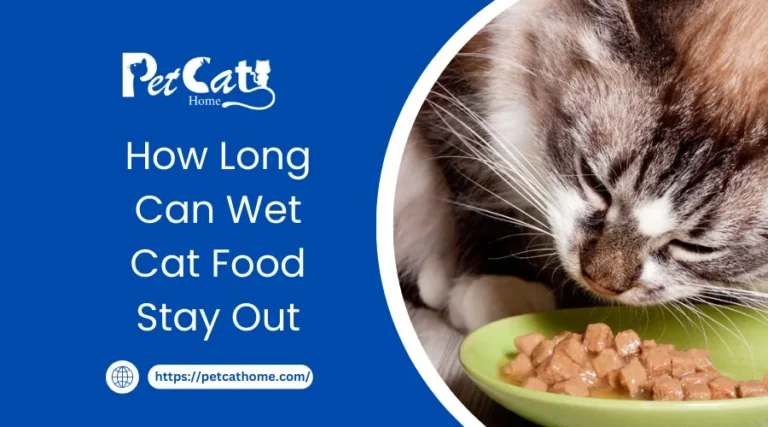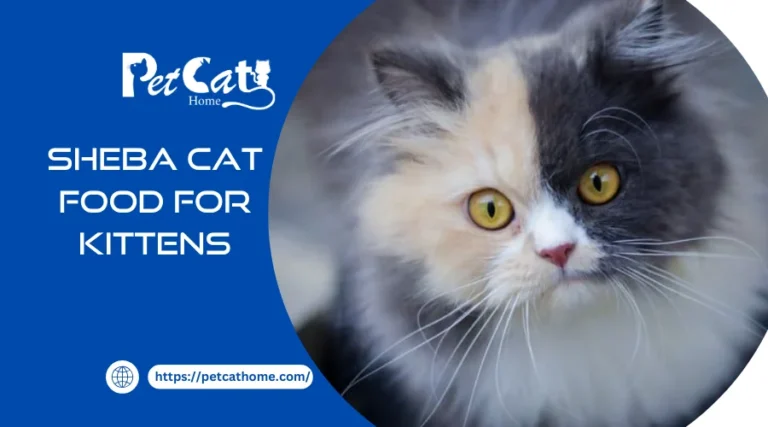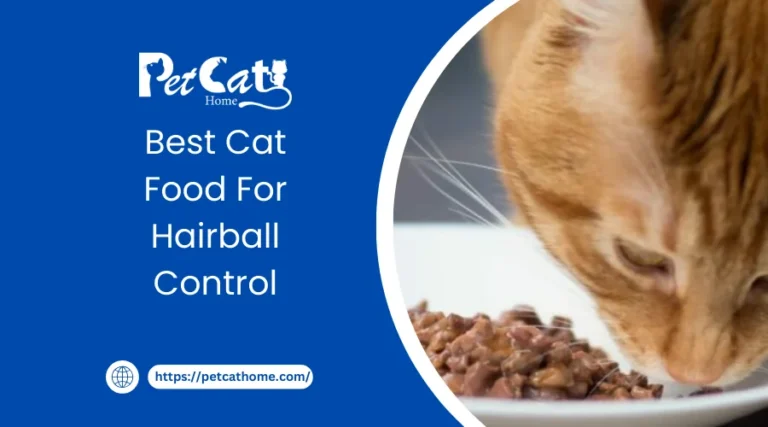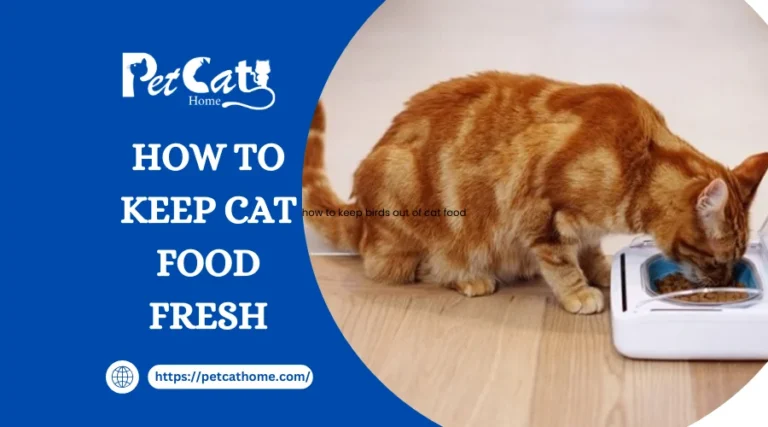Are Cat Food and Dog Food the Same?
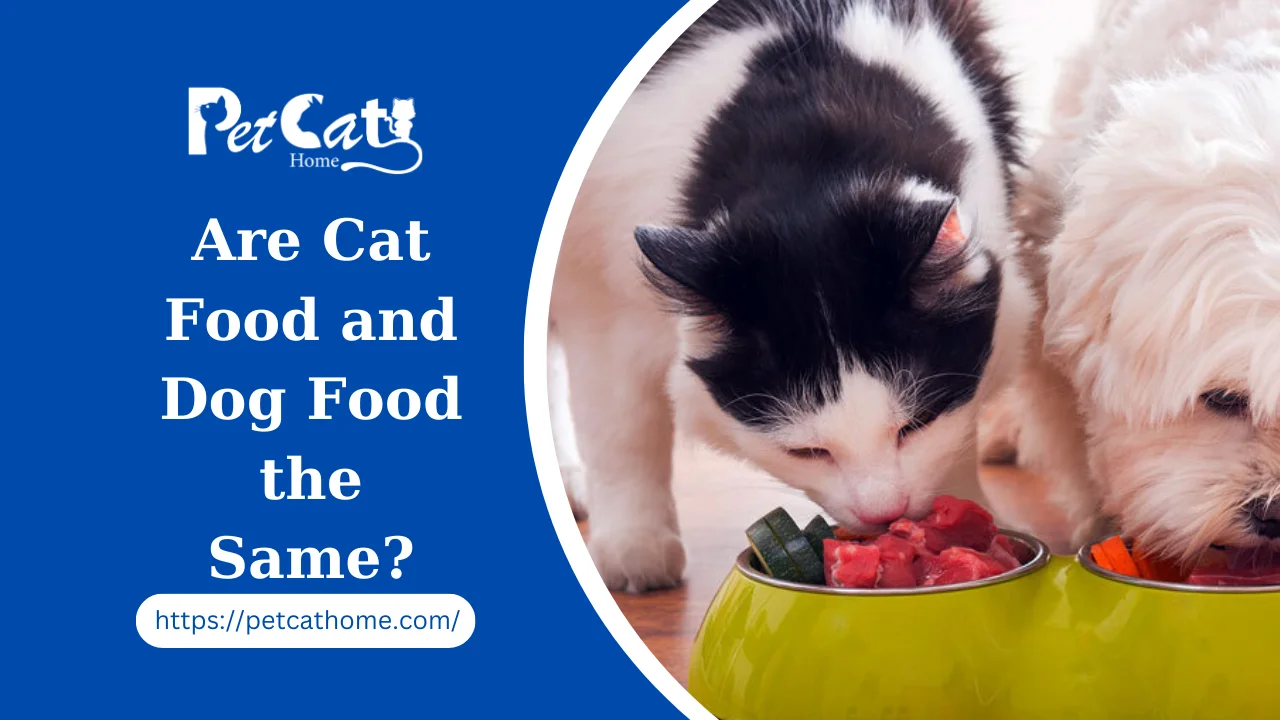
Pet owners must be aware of the differences between cat and dog food. Dogs and cats have quite different food requirements, despite their apparent similarities. This thorough guide will examine ingredients, nutritional needs, and pet health factors as we investigate if cat and dog food are the same.
Exploring the Ingredients
Ingredients in pet food are essential for providing cats and dogs with the nutrients they require. Certain items, such as protein sources like chicken or fish, are similar in all recipes, but there are differences in the amounts and other ingredients.
Protein Sources
Cat Food:
Protein sources such as fish, chicken, and meat by-products are frequently found in cat food. These components are specifically designed to satisfy feline carnivores’ high protein requirements.
Because cats have to be carnivores, a substantial portion of animal protein must be included in their diet to maintain good health. As a result, animal protein is given top priority in cat food formulas, as it provides critical amino acids that are crucial for the health of felines.
Dog Food:
In a similar vein, protein-rich items like chicken, beef, and lamb are also included in dog food. However, to account for dogs’ omnivorous nature, dog food formulas might contain a wider variety of protein sources.
Canines are omnivores, meaning they can obtain nourishment from both plant and animal sources. Because of this, dog food formulas frequently incorporate a range of protein sources to meet their various dietary needs.
Nutritional Composition
Cat Food:
Formulations for cat food are painstakingly created to satisfy the specific dietary requirements of cats. Cat food promotes the healthiest possible outcome for feline friends by emphasizing protein, fat, and vital nutrients like taurine.
Paragraph: For cats to have good eyesight, hearts, and reproductive systems, taurine is an essential amino acid. Taurine is added to cat food recipes as a fortifier to help promote general health and prevent deficits.
Dog Food:
Dog food formulations, on the other hand, balance the amounts of protein, carbs, and fats to meet the energy requirements of active canines. Important minerals that support joint health and mobility, such as chondroitin and glucosamine, are frequently added.
For dogs, supplements containing chondroitin, glucosamine, and both are beneficial, particularly for breeds where joint problems such as hip dysplasia or arthritis are common. These nutrients are added to dog food to maintain joint function and mobility, keeping dogs active and nimble for the duration of their lives.
Meeting Dietary Requirements
While there are some parallels between dog and cat food, each species’ dietary needs are catered to specifically in cat food.
Unique Nutritional Needs
Are Cat Food and Dog Food the Same in Meeting Nutritional Needs?
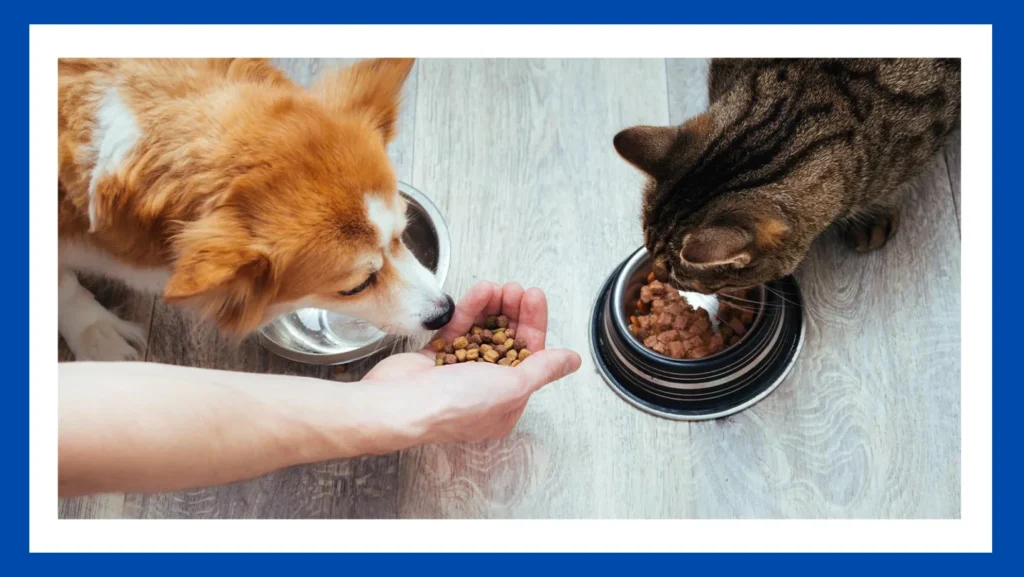
Dog and cat food are made differently to cater to the unique dietary requirements of their respective species. Both need fat, protein, and other necessary nutrients, but the amounts and kinds of nutrients change to account for their different physiological makeups.
As they are inherently carnivorous, cats need a diet high in animal protein and particular amino acids, such as taurine, which are vital to their general well-being. Conversely, dogs’ diets are more varied, including both plant- and animal-based foods to meet their needs for nutrients.
Why Cat Food and Dog Food Are Not the Same
While both the looks and behaviours of cats and dogs are easily distinguished, many pet parents are unaware of the differences in dietary requirements between the two species.
Although both cats and dogs evolved from wild ancestors to become our companions, their distinct metabolic systems mean that animals need quite different diets. If you’ve ever wondered why cat and dog food differ from one another, Hartz explains the differences in diets between the two carnivores and how different nutrient profiles affect the health and well-being of your pet.
Four types of animals can eat carnivores, herbivores, omnivores, and in-between humans. Omnivores can consume, digest, and thrive on both plant and animal sources of food.
Herbivores are animals that eat only plants. Examples of these creatures include horses and some small pets like guinea pigs and rabbits.
Domestic and wild cats are categorized as obligatory carnivores. For them to survive, they need to eat meat. They can consume other things, such as fruits and cereals, but meat is a must in their diet. Vegetable materials cannot be effectively digested by true carnivores.
The question of whether dogs are omnivores or carnivores has long been up for dispute. Dogs are carnivores, according to the majority of veterinarians; however, the US National Research Council, which looks into health-related issues, believes that dogs are omnivores. As scavengers, dogs differ from cats. They’ll pick through trash, toss everything, and consume corpses. Even though they like meat, they can get by on vegetables if need be. This leads to the theory that they are scavengers.
Dogs can thrive on a plant-based diet, but their health does not improve when they follow this diet.
Dog food is different from cat food since cats have different dietary requirements than omnivores and scavengers.
Unique Nutritional Needs of Cats
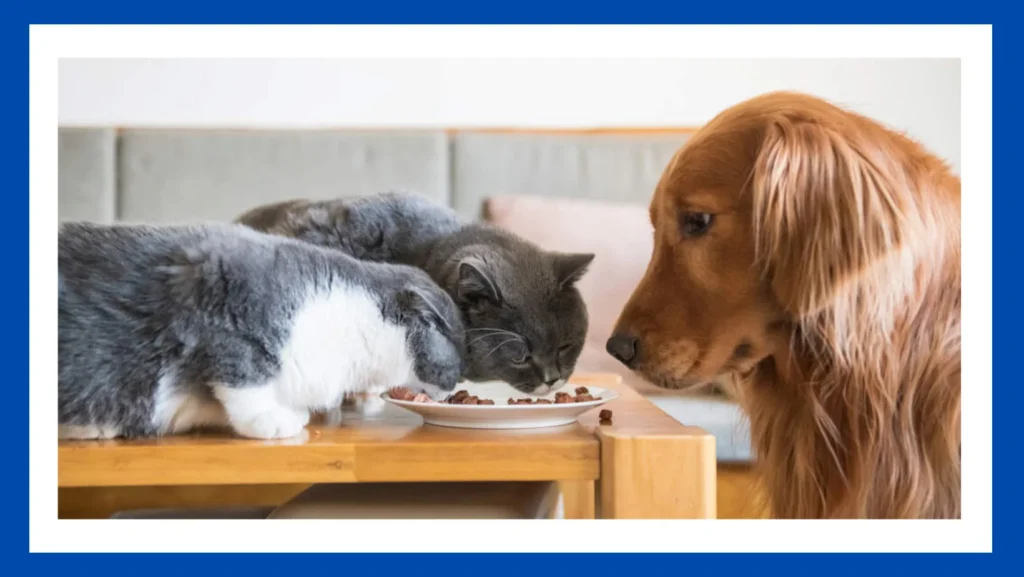
Cats must consume animal-based foods like muscle and organ meat to thrive because they are obligate carnivores. Vegetables and other plant-based proteins like gains are not suitable replacements. Cats’ metabolisms missed the enzymes required to convert plant-based nutrients as effectively as animal proteins as they evolved and ate prey that had already broken down those nutrients. Furthermore, the amino acid profile of proteins generated from animal tissue differs from that of plant-based proteins, which lack several important nutrients required for the maintenance of an obligate carnivore’s health.
The cats that reside with us now have modified their enzyme capacities and short digestive tracts as a result of this.
Additionally, cats require two to three times as much protein in their diets as dogs! Additionally, kittens need 1.5 times as much protein as puppies need. The main reason for this is that cats need protein for energy, growth, and bodily maintenance. The majority of other mammals do not require protein for energy, and humans can adjust to meals low in protein by storing amino acids to make up for any shortages.
The body of a cat needs protein. Additionally, they quickly develop malnutrition when their diet is insufficient, particularly when they are ill or injured.
Cats have a greater demand for specific amino acids, which are naturally present in animal tissue, in addition to protein.
Taurine is an amino acid that is absent from plants and is present in animal muscle meat, specifically in the meat of the liver and heart. In cats, a taurine shortage can result in major health issues such as blindness and cardiovascular disease.
The bodies of dogs naturally produce taurine.
Additionally, cats have special requirements for a few vitamins:
- Vitamin A: Only animal tissue naturally contains vitamin A, which cats specifically need. They are devoid of the digestive enzymes required to change plant-based B-carotene into the active form of vitamin A. The maintenance of vision, the development of bone and muscle, pregnancy, and skin health all depend on vitamins.
- Vitamin B: Compared to dogs, cats need five times as much dietary thiamine (vitamin B1) as they need. A lack of thiamine can cause malnourished fur, appetite loss, stooped posture, and neurological issues such as seizures that could be fatal.
- Vitamin D: Dogs and cats need to eat vitamin D in their diets. Vitamin D is abundant in prey animals’ livers and fatty tissues.
- Arachidonic acid: Dogs can produce arachidonic acid, an omega-6 fatty acid, on their own, but cats need to get it from their food.
Because they are not as sensitive to the inclination to feel thirsty or dehydrated as dogs or other mammals are, cats also require a diet high in moisture.
While cats are not naturally motivated to seek out our water sources in addition to food, dogs do. For this reason, it’s crucial to mix wet food into your cat’s well-balanced meals daily rather than just using dry kibble.
Cats who drink insufficient amounts of water may experience kidney and urinary problems.
Feeding Species-Specific Diets
Food meant for cats has a lot more fat, protein, and calories than what dogs need. It’s common for pet parents who have both dogs and cats in the house to occasionally witness both species eating each other’s food. Naturally, it is necessary to eat sensibly even though this is not a life-threatening situation.
Your pet can live a healthy and lengthy life if they have regular veterinary care, exercise, and a balanced, adequate diet.
Are Dog and Cat Food the Same?
It makes sense for you to wonder if cat and dog food is the same. Dogs and cats require diverse diets, which explains why they are different from one another.
Cats pursue prey. They are accustomed to searching for their food, of course. Cats require a far higher proportion of meat-based protein in their diets due to their carnivorous nature.
Dogs eat everything. This indicates that they are accustomed to surviving by consuming both vegetables and meat-based protein. Dogs wouldn’t benefit from cat food’s high protein content because of this. Additionally, dog food does not meet the greater fibre requirements of dogs.
Therefore, even if your dog may like stealing part of your cat’s food, it’s not a good idea to let them do it.
What Happens If A Dog Eats Cat Food?
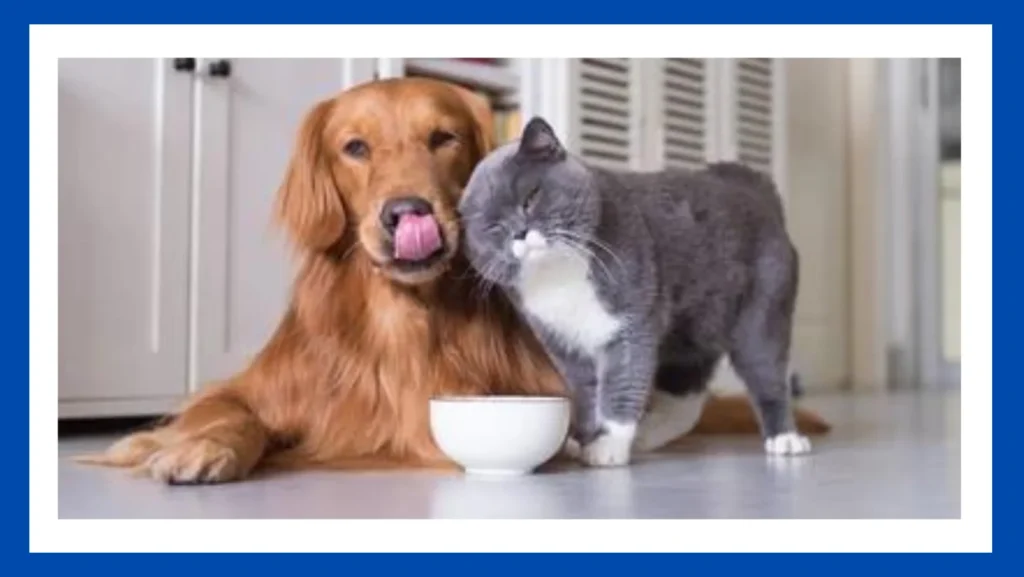
Many dog owners have witnessed their pets try to devour anything in sight rather than their food. Allowing your dog to sample cat food may seem appealing, but do not allow them to consume it indefinitely. A small amount is acceptable. Although it’s not acceptable, a dog can survive on a cat’s diet.
Cat food contains far more fat and protein. Even while cat food contains all the vitamins and minerals a dog needs, the higher fat content can cause obesity. Consuming cat food may potentially cause pancreatitis and other gastrointestinal problems including vomiting and diarrhea. It’s advisable to give dog food to dogs and cat food to cats for these reasons.
Is It OK to Feed Cat Food to Dogs?
You generally don’t need to worry if your dog occasionally steals a small amount of cat food. The worst negative effects for healthy dogs could be diarrhoea and vomiting. Some dogs, however, might experience digestive discomfort as a result of more serious or intricate problems.
We advise against giving your cat’s food to dogs for safety’s sake. To prevent a potential mix-up, keep their eating locations apart and even have different meal schedules. Whenever you can, keep an eye on your pets while they eat. This will prevent your dog from stealing food from your cat.
Is it okay for dogs to eat cat food?
Examining the age-old query, “Is it okay for cats to eat cat food?” is crucial to any pet owner’s comprehension of the nutritional needs of their furry friend. Even though they may live together in our homes, dogs and cats have quite different dietary requirements. We’ll explore the reasons dogs shouldn’t regularly eat cat food in this extensive article, along with tips for making sure your dog eats a balanced diet.
Understanding the Risks of Dogs Eating Cat Food
Being aware of the possible dangers of dogs eating cat food is essential for proper pet ownership. Let’s examine the reasons why feeding your dog cat food might not be appropriate:
Digestive Disturbances: Dogs’ digestive processes differ from cats’, which makes it difficult for them to properly absorb certain of the nutrients in cat food. Gastrointestinal problems like vomiting, diarrhoea, and discomfort might result from this mismatch.
Nutritional imbalance: Cat food is made to specifically address the dietary requirements of cats, which are not the same as those of dogs. A meal rich in protein, lipids, carbs, vitamins, and minerals that are balanced and catered to the specific physiology of dogs is necessary. Regular cat food consumption might cause nutritional imbalances or deficits in dogs.
Possible Health complications: Dogs who eat cat food for an extended time may develop pancreatitis, obesity, and urinary tract infections, among other conditions. The high protein and fat content of cat food, which is more than what is advised for dogs, may cause these ailments.
Ensuring Optimal Nutrition for Your Dog
Even while your dog would not suffer if they occasionally eat cat food, it’s important to give their nutritional needs top priority. The following advice will help you make sure your dog is fed a well-balanced diet:
Select High-Quality Dog Food: Make sure your dog is getting the nourishment he needs by choosing a dog food that is specially made to fulfil his needs. Seek for items with premium ingredients such as whole grains, proteins derived from animals, and necessary nutrients.
Avoid Feeding Table Scraps: Although it could be tempting, it’s better to refrain from giving your dog leftovers or meal scraps. Dogs may not get the nutrients they need from human food, which can lead to weight gain and intestinal problems.
Keep an eye on Portion Sizes: Ensuring your dog’s health and preventing overindulgence in food requires careful portion control. Pay attention to the feeding recommendations given by the dog food manufacturer, taking into account your dog’s size, age, and level of activity.
Supply Clean, Fresh Water: Throughout the day, make sure your dog has access to clean, fresh water. Maintaining general health and digestion requires adequate hydration.
Are Cat Food and Dog Food the Same?
FAQs
Can dogs occasionally eat cat food?
Although your dog might not suffer if they occasionally eat cat food, it shouldn’t take the place of their regular diet. Make sure that cat food only makes up a small portion of your cat’s overall diet, and ask your veterinarian for advice.
Why are dogs drawn to cat food?
The potent scent and taste of cat food, which frequently has higher protein and fat content than dog food, may draw dogs in. But you must always put your dog’s nutritional needs ahead of their tastes.
What possible dangers arise from dogs consuming cat food?
Potential hazards include imbalances in nutrition, unsettled stomachs, and the emergence of health problems like pancreatitis and obesity.
Is there a way to stop my dog from consuming cat food?
Use pet gates to limit access or feed your cat in a different location to keep food out of your dog’s reach. Furthermore, teach your dog to obey commands like “leave it” to deter them from consuming cat food.
Can dogs be harmed by cat food over time?
Long-term cat food consumption has been linked to many health problems in dogs, such as pancreatitis, obesity, and urinary tract infections. Prioritizing your dog’s nutritional requirements is crucial if you want to shield them from long-term health issues.
Can dogs occasionally consume cat food?
Dogs shouldn’t substitute cat food for their regular diet, even if it might not be harmful if they eat it sometimes. If cat food is regularly ingested, it may cause nutritional imbalances as it lacks specific elements that are vital for dogs.
Is it okay to combine cat and dog food?
Because dog and cat food have different nutritional needs, mixing the two types of food is not advised. Combining foods can result in imbalances or deficits since each species needs a diet that is specifically designed to satisfy its physiological needs.
Conclusion
Dog and cat food should not be used interchangeably because they are not the same. It’s crucial to comprehend the distinct dietary needs of dogs and cats to provide them with a balanced, healthful diet. You can guarantee your pet’s lifespan and well-being by choosing food that is specific to their species and demands.
